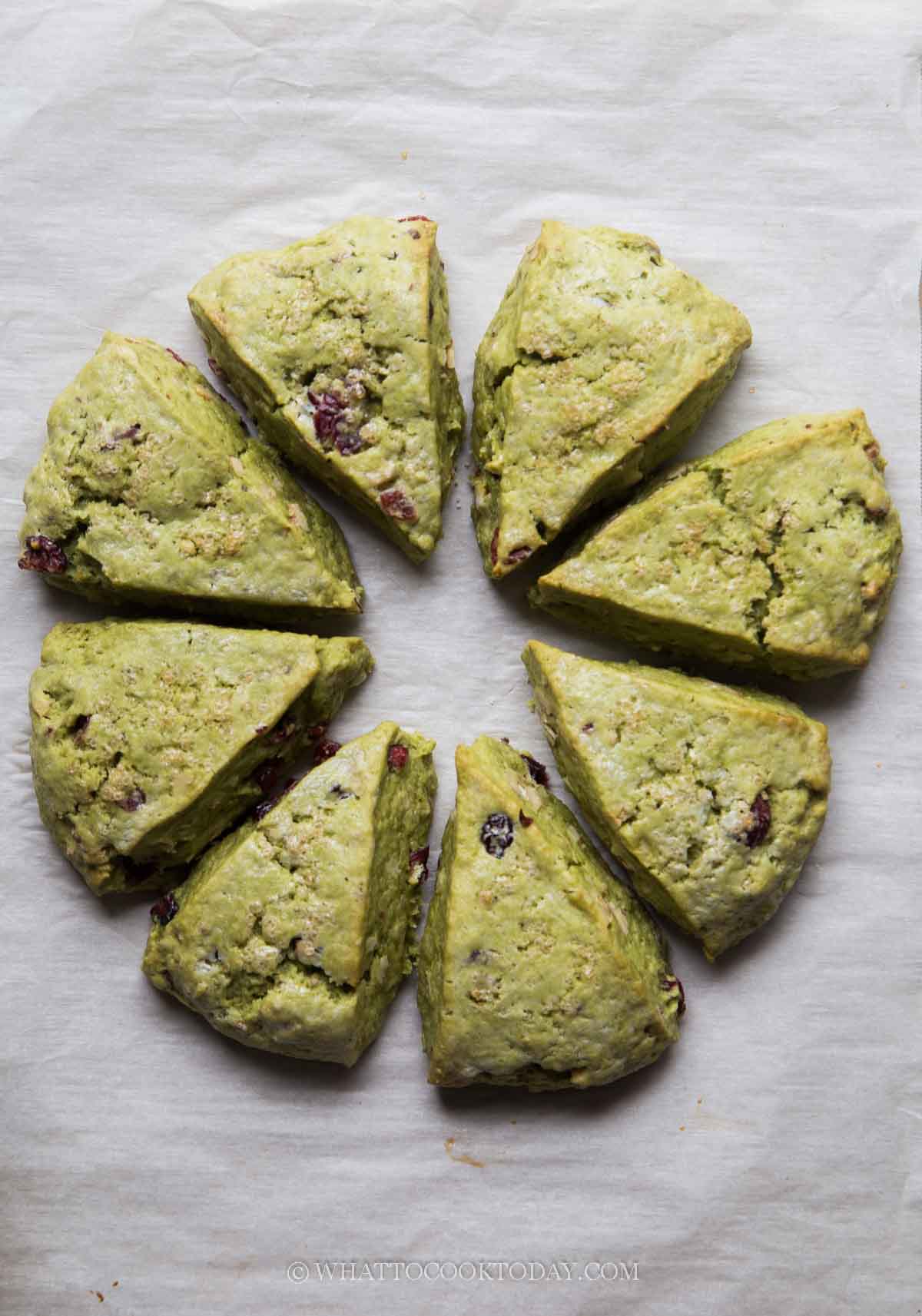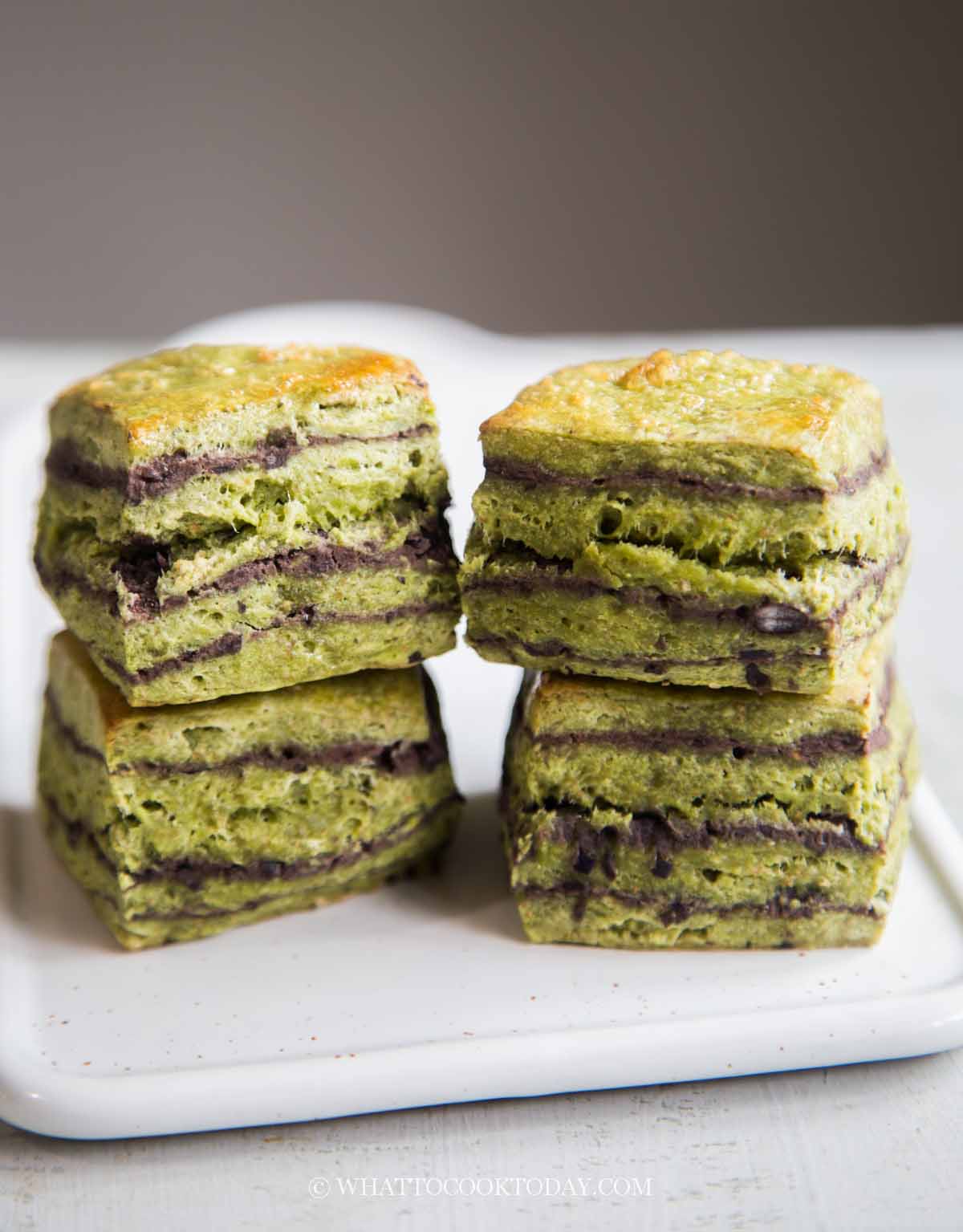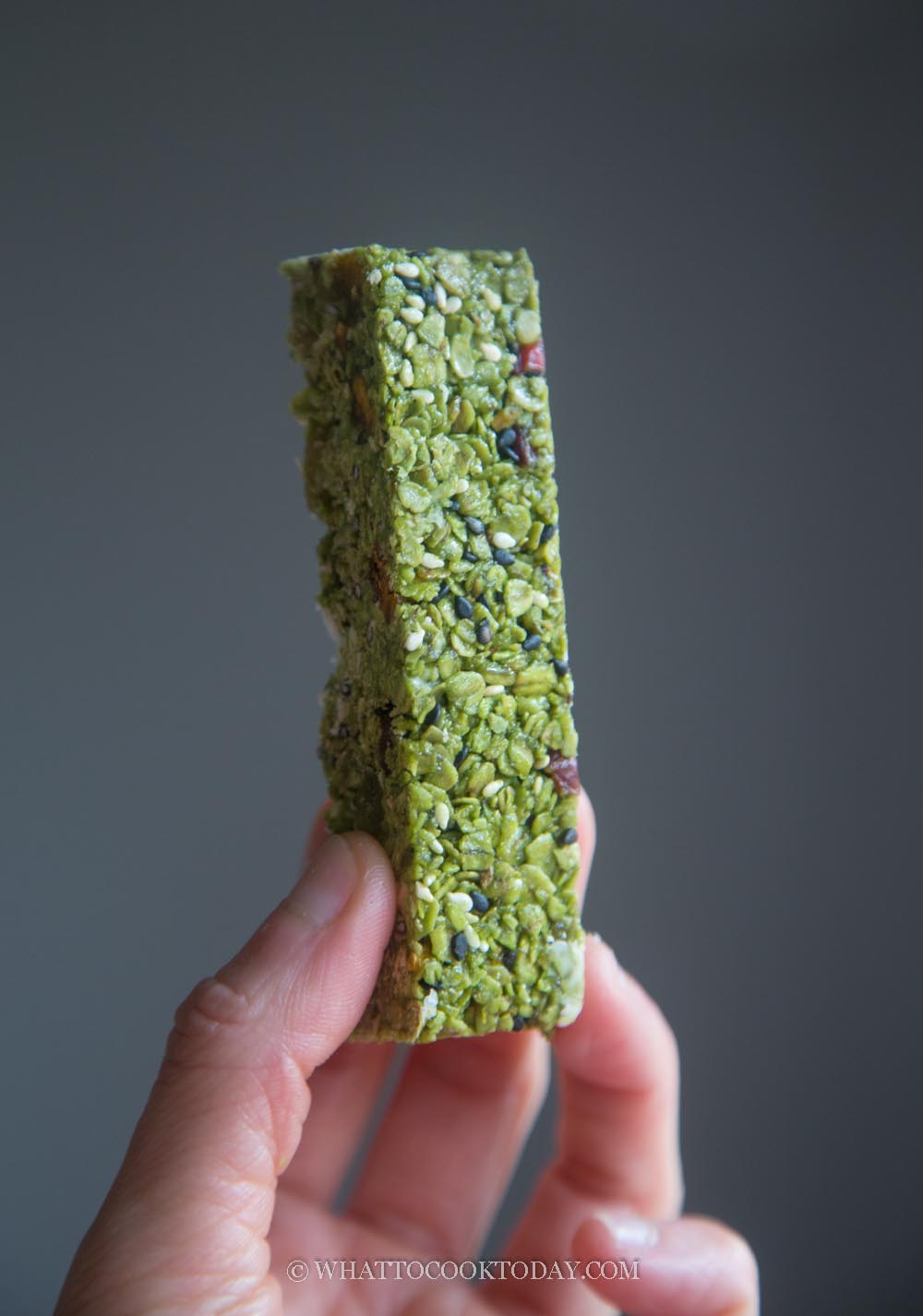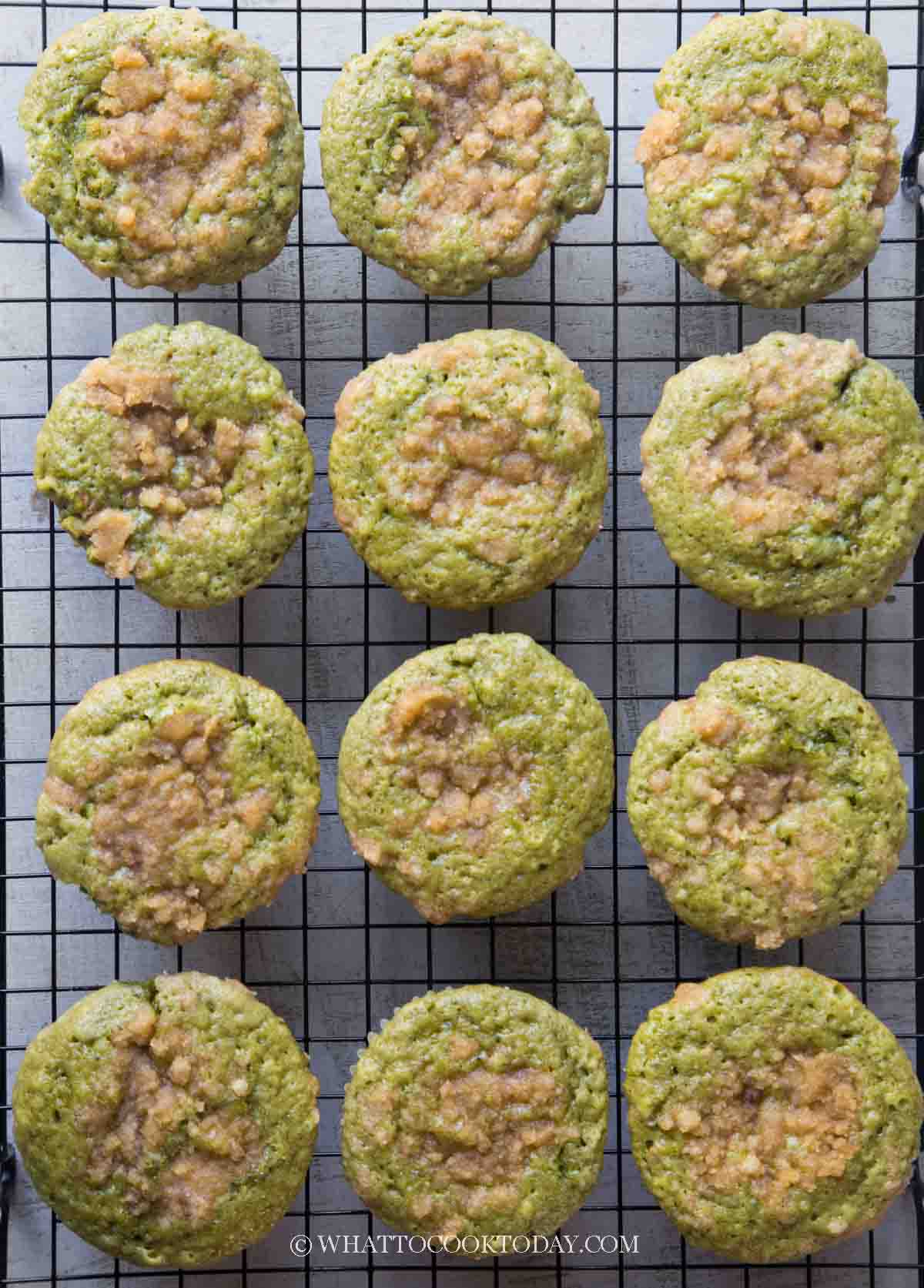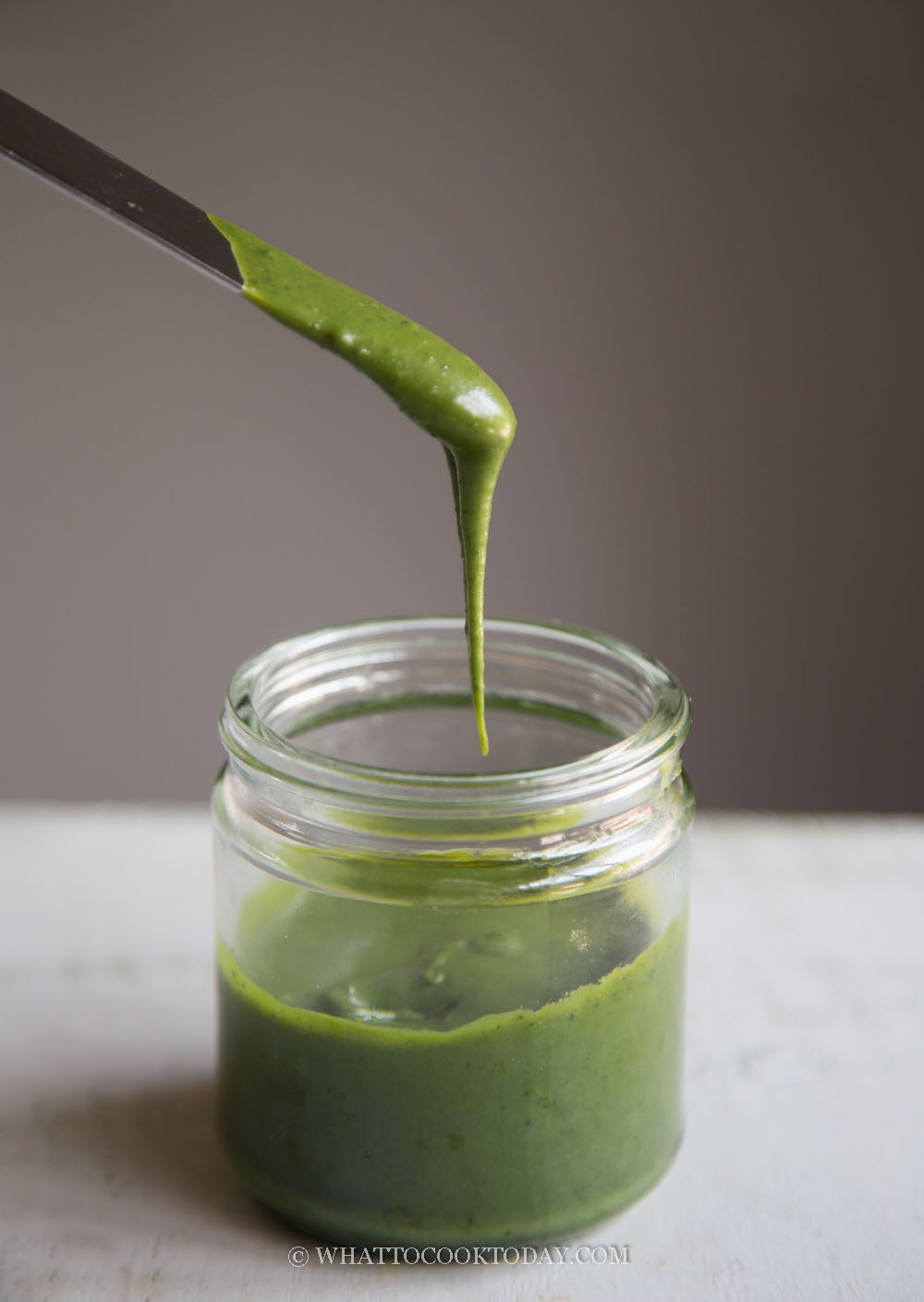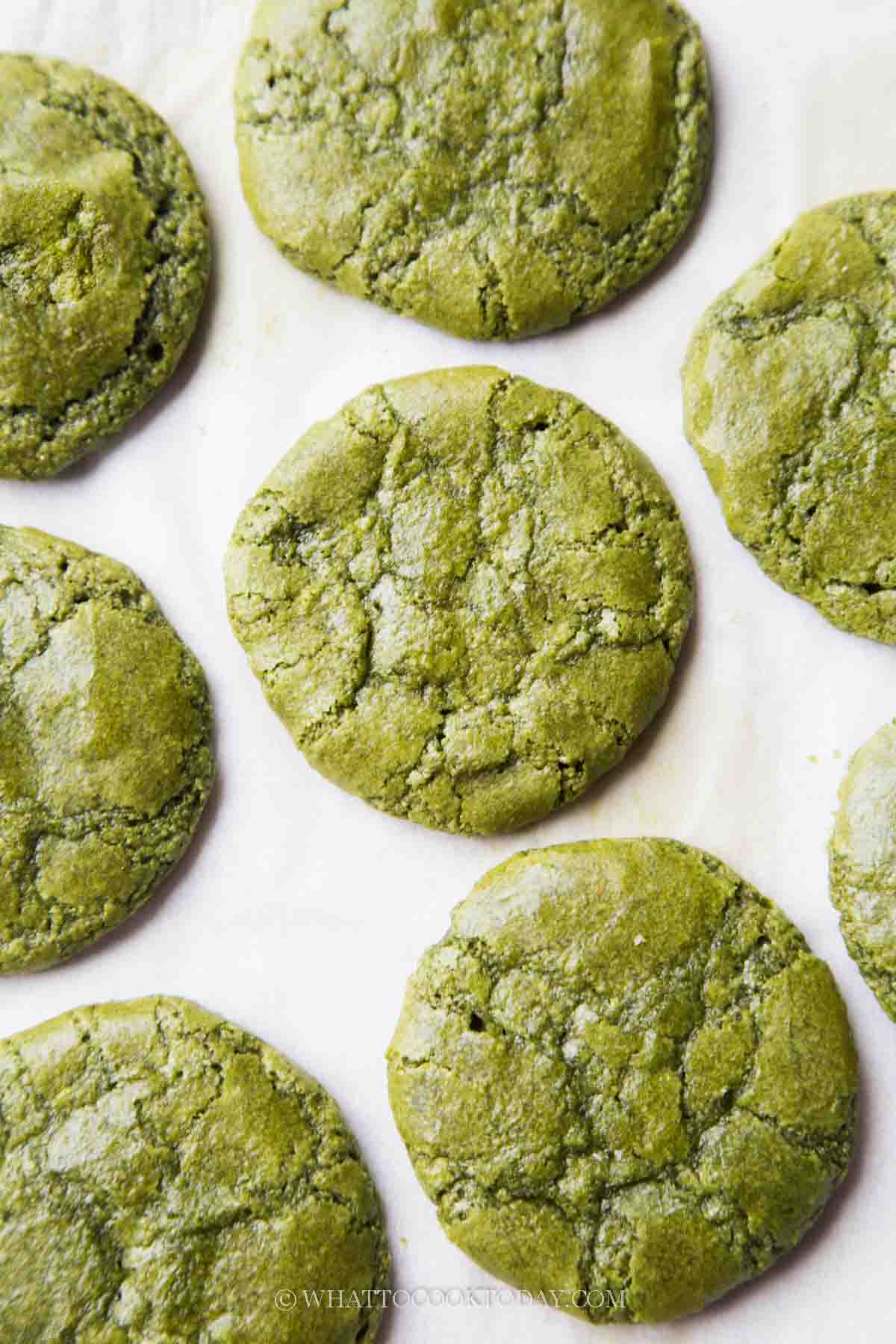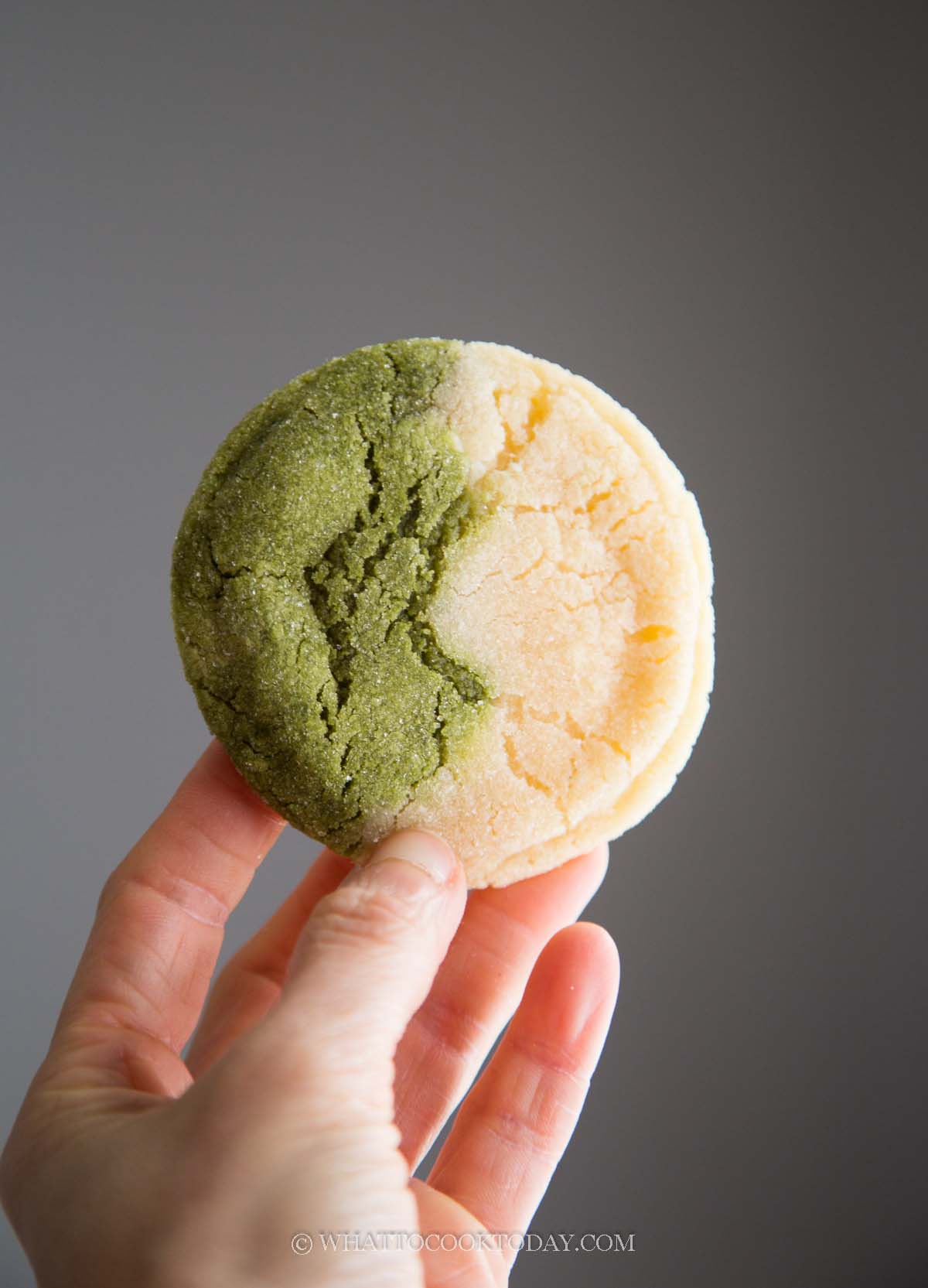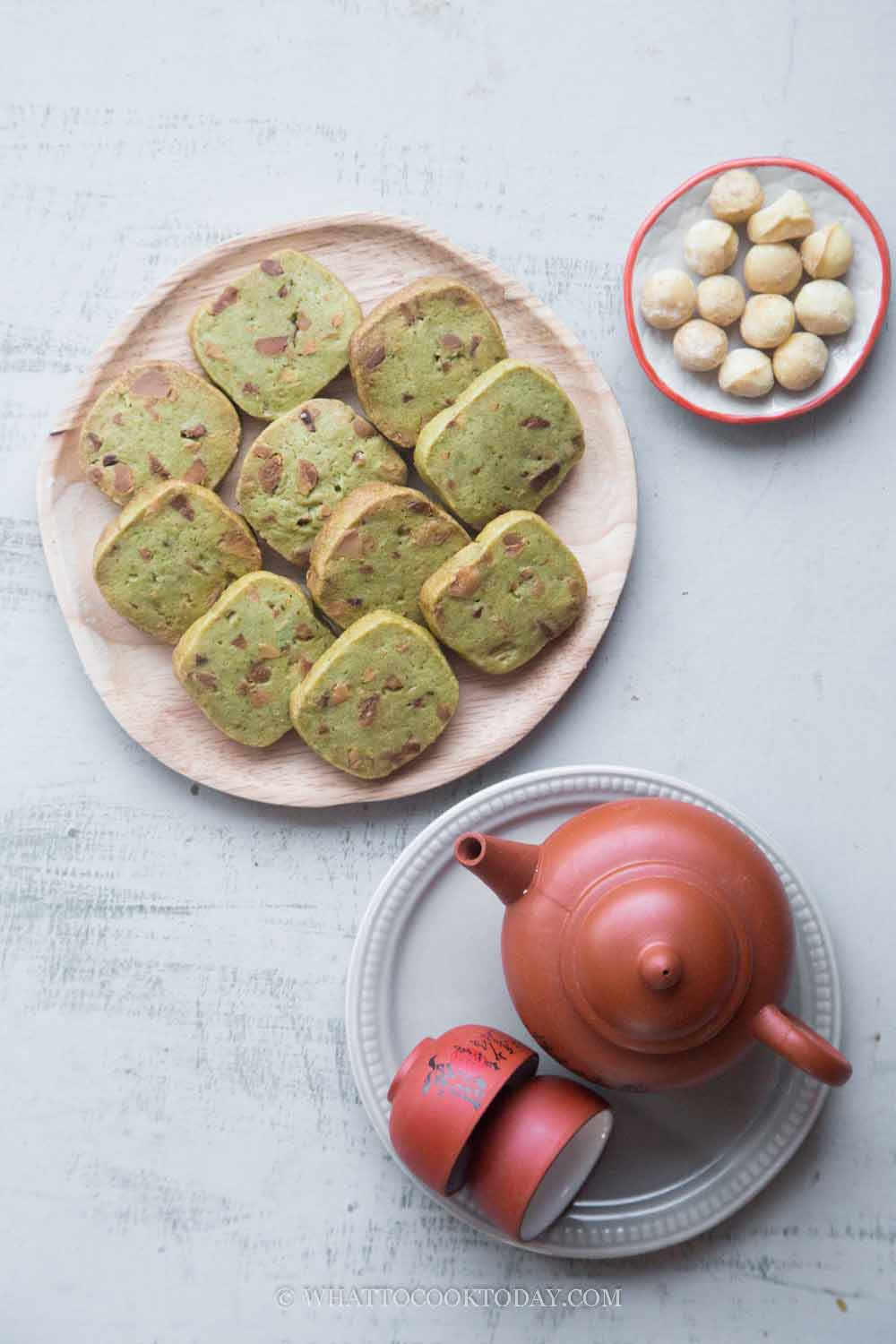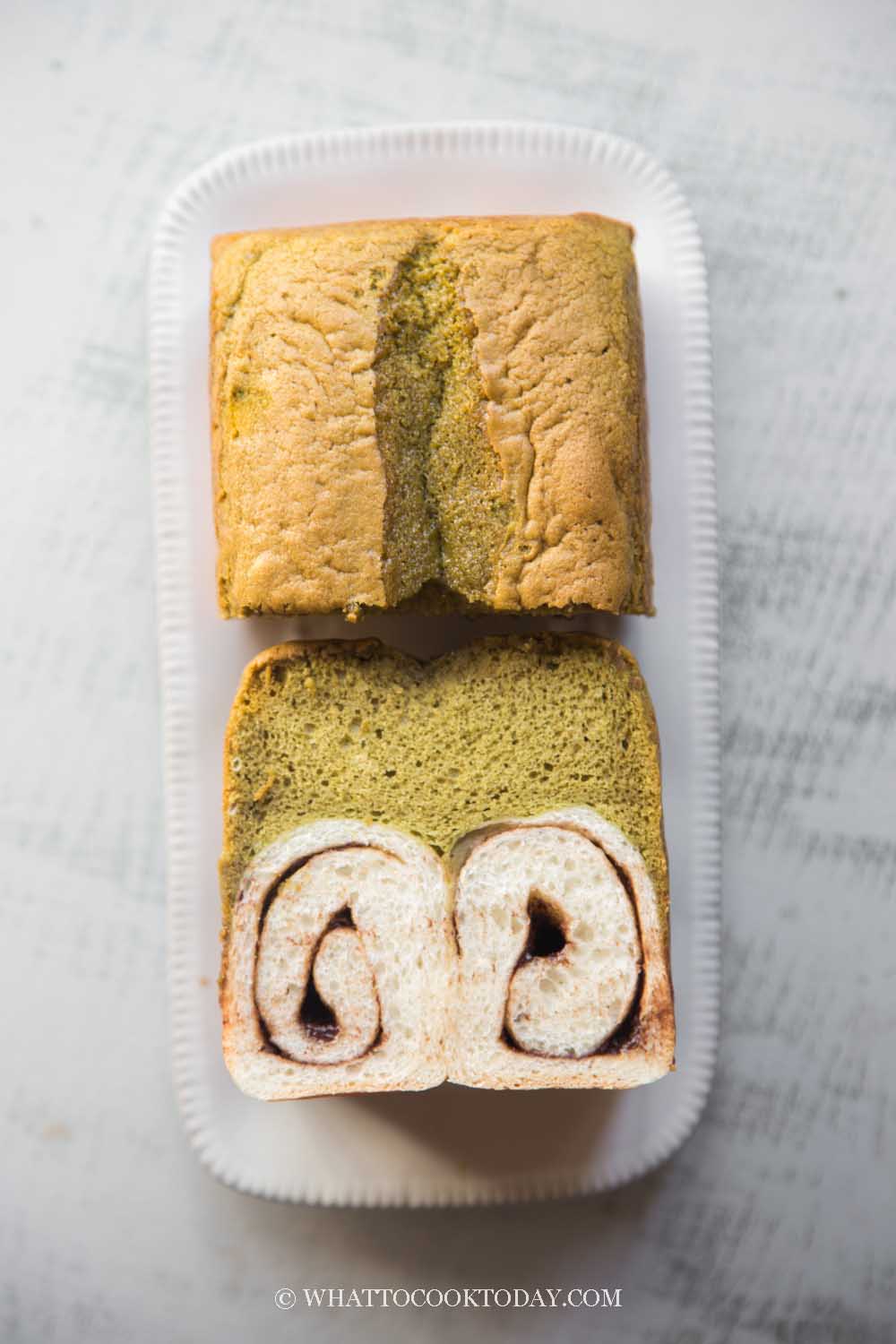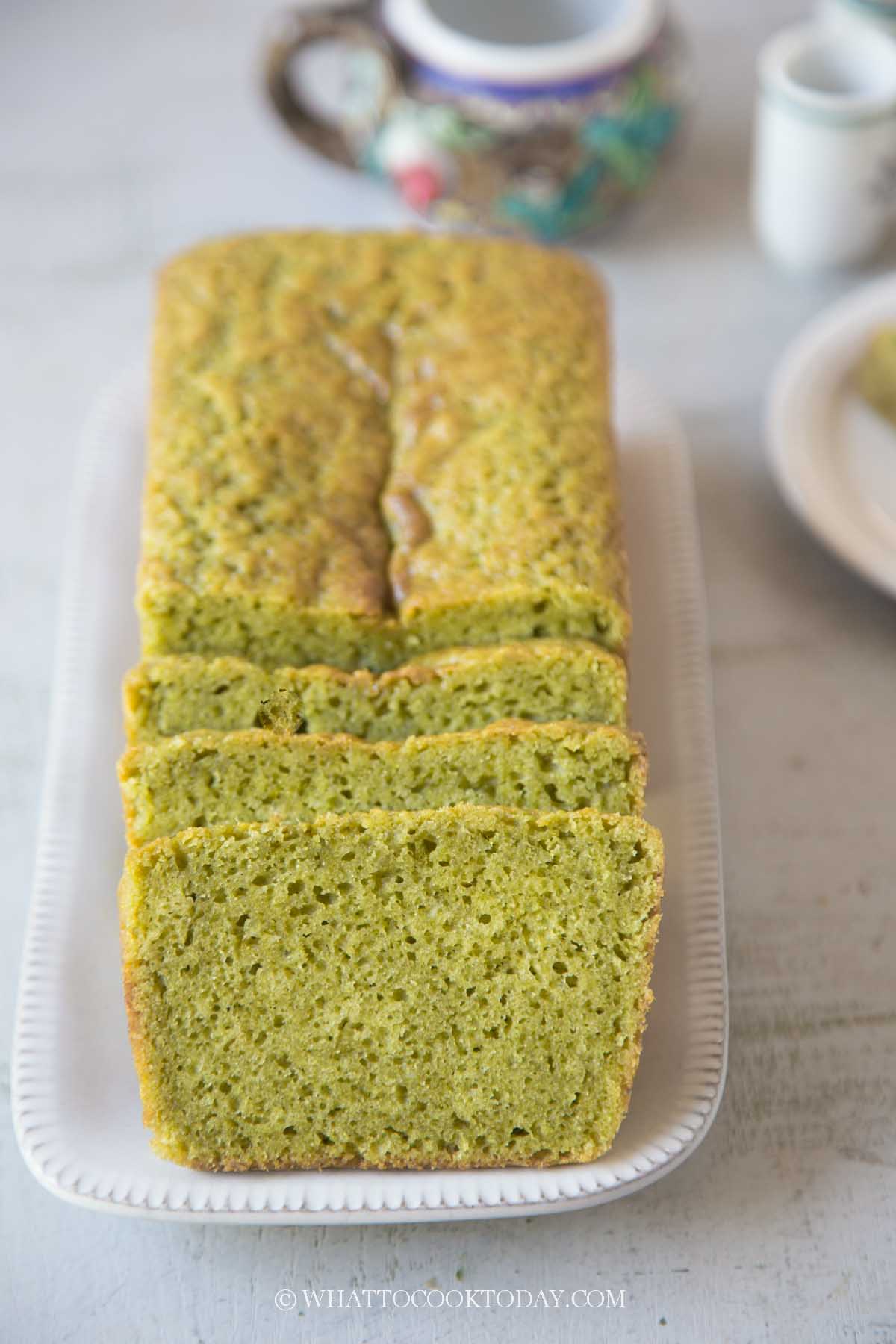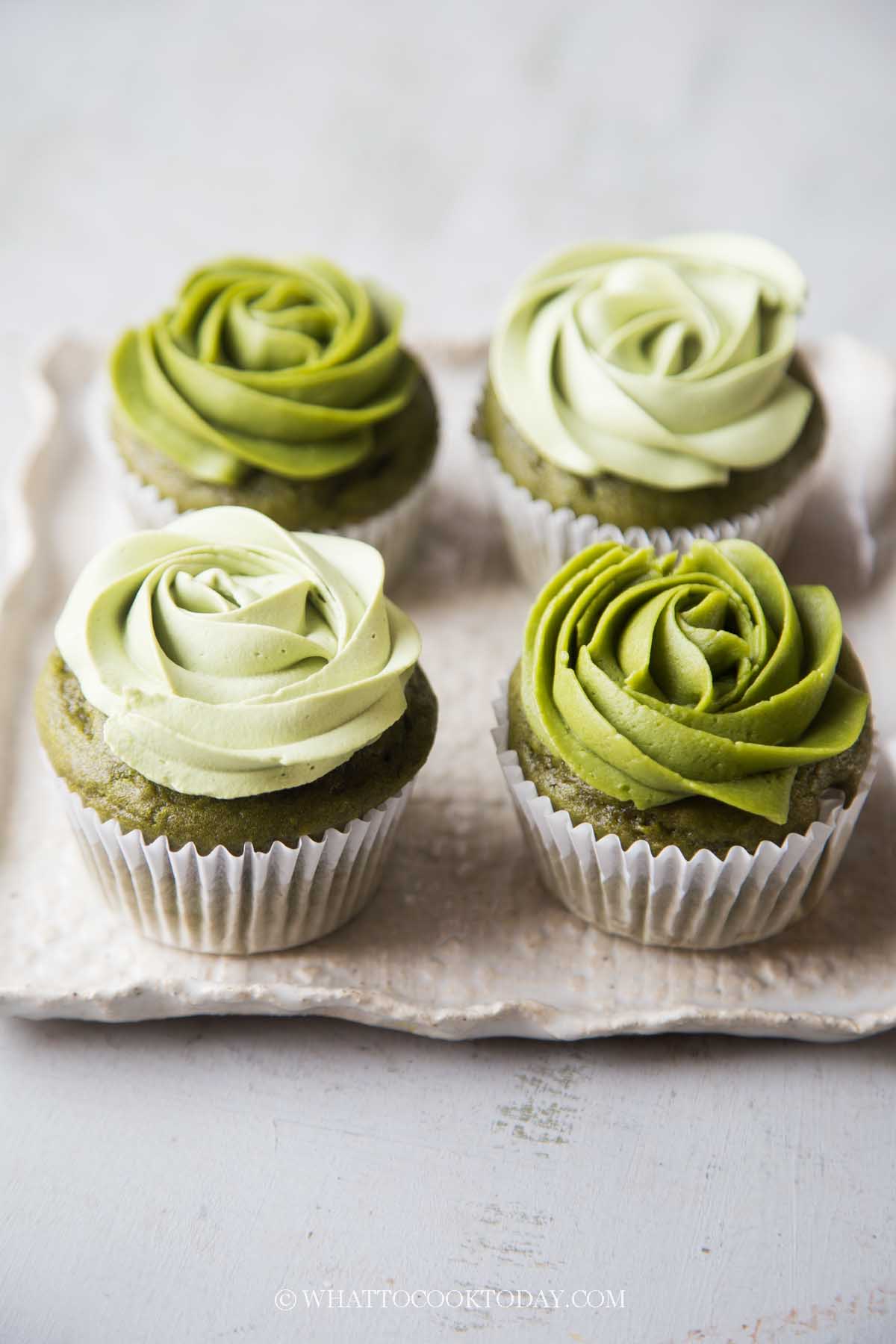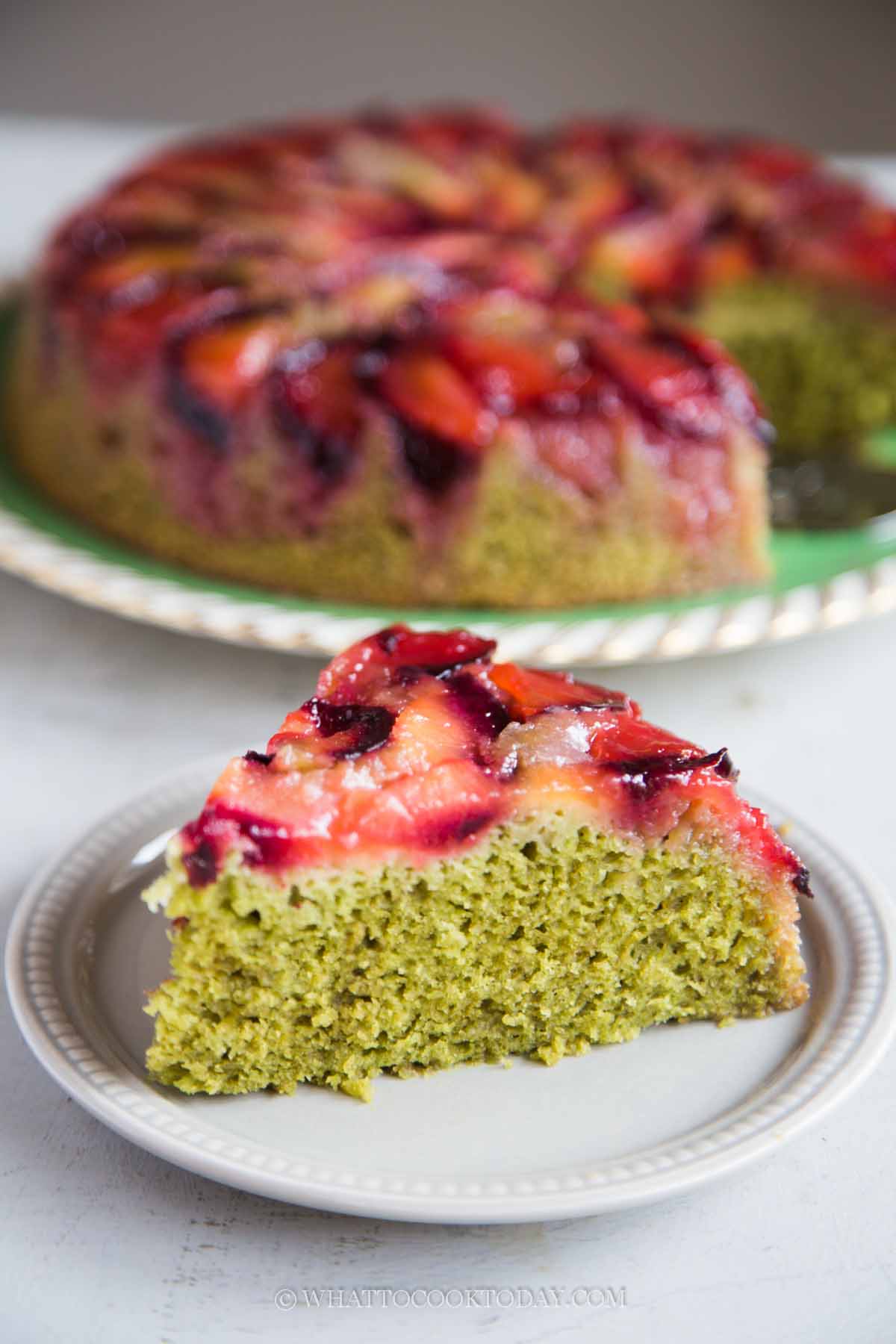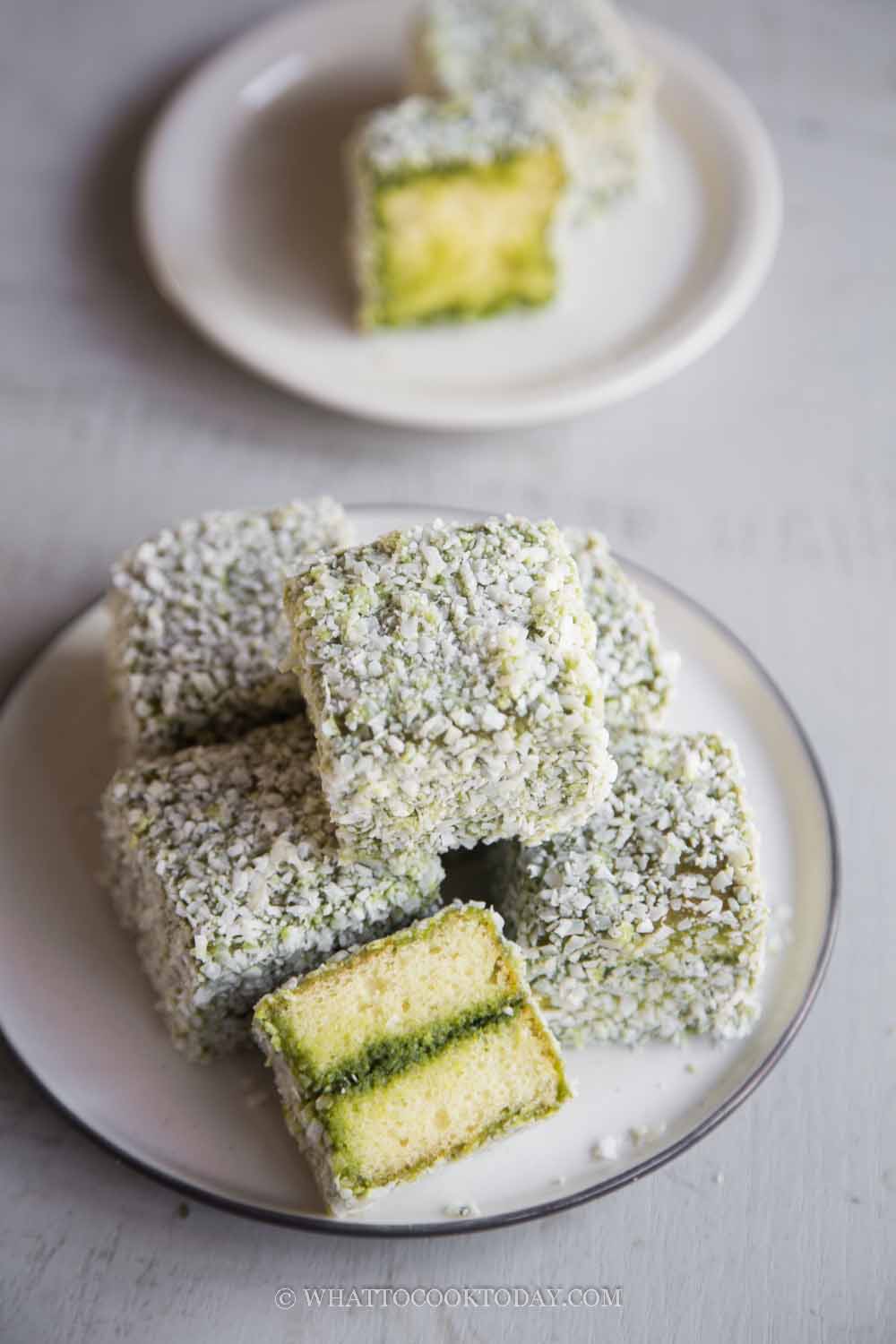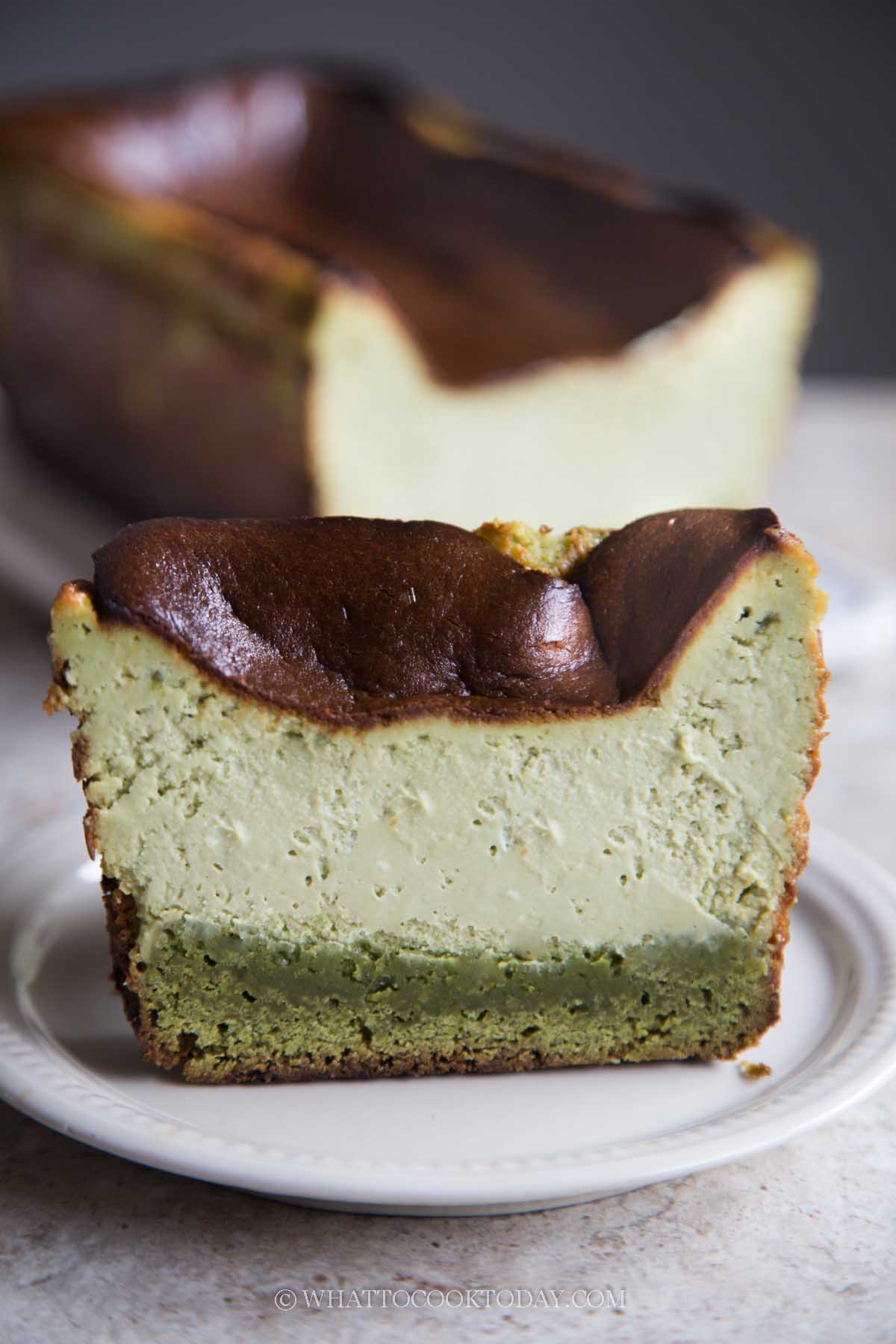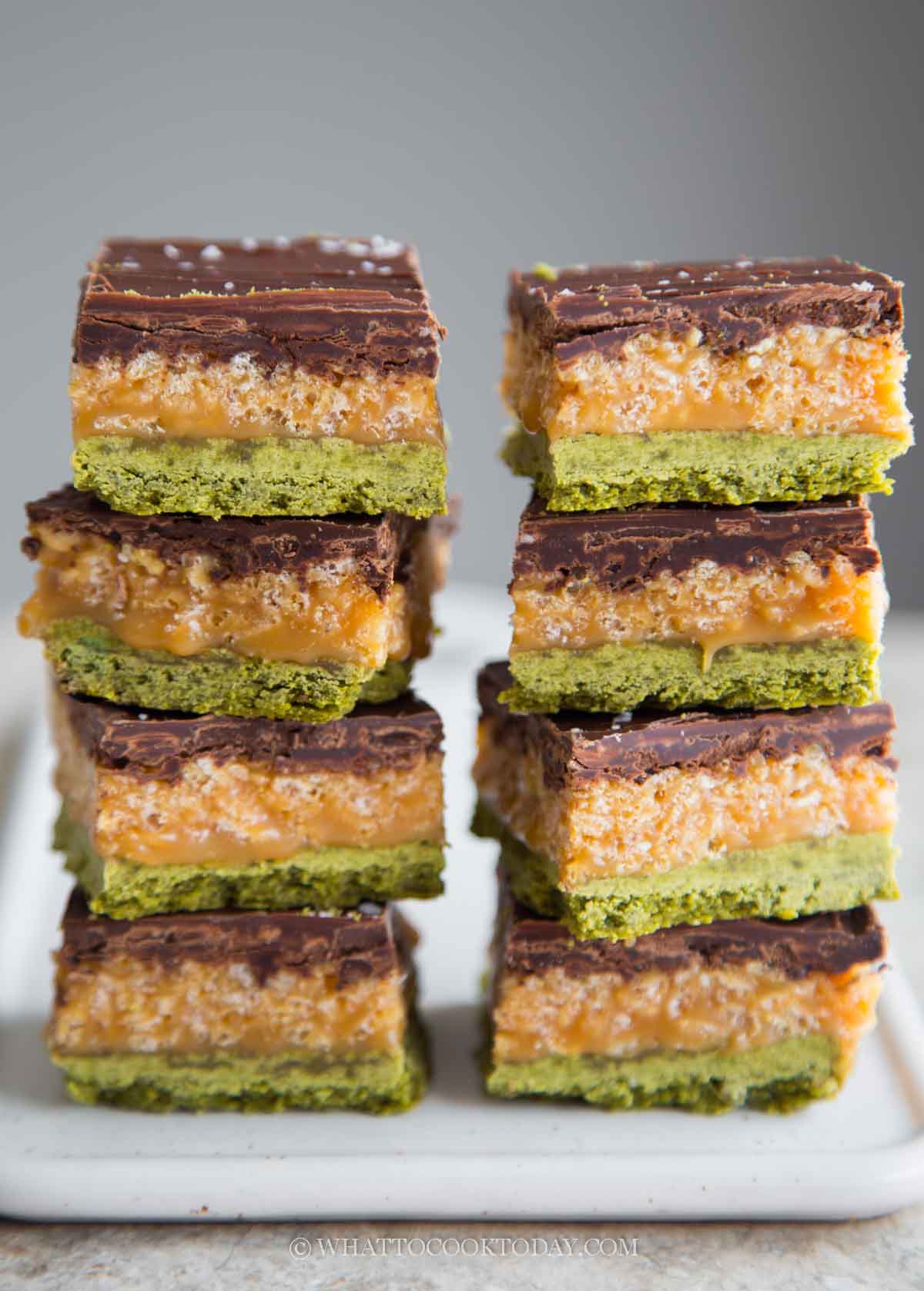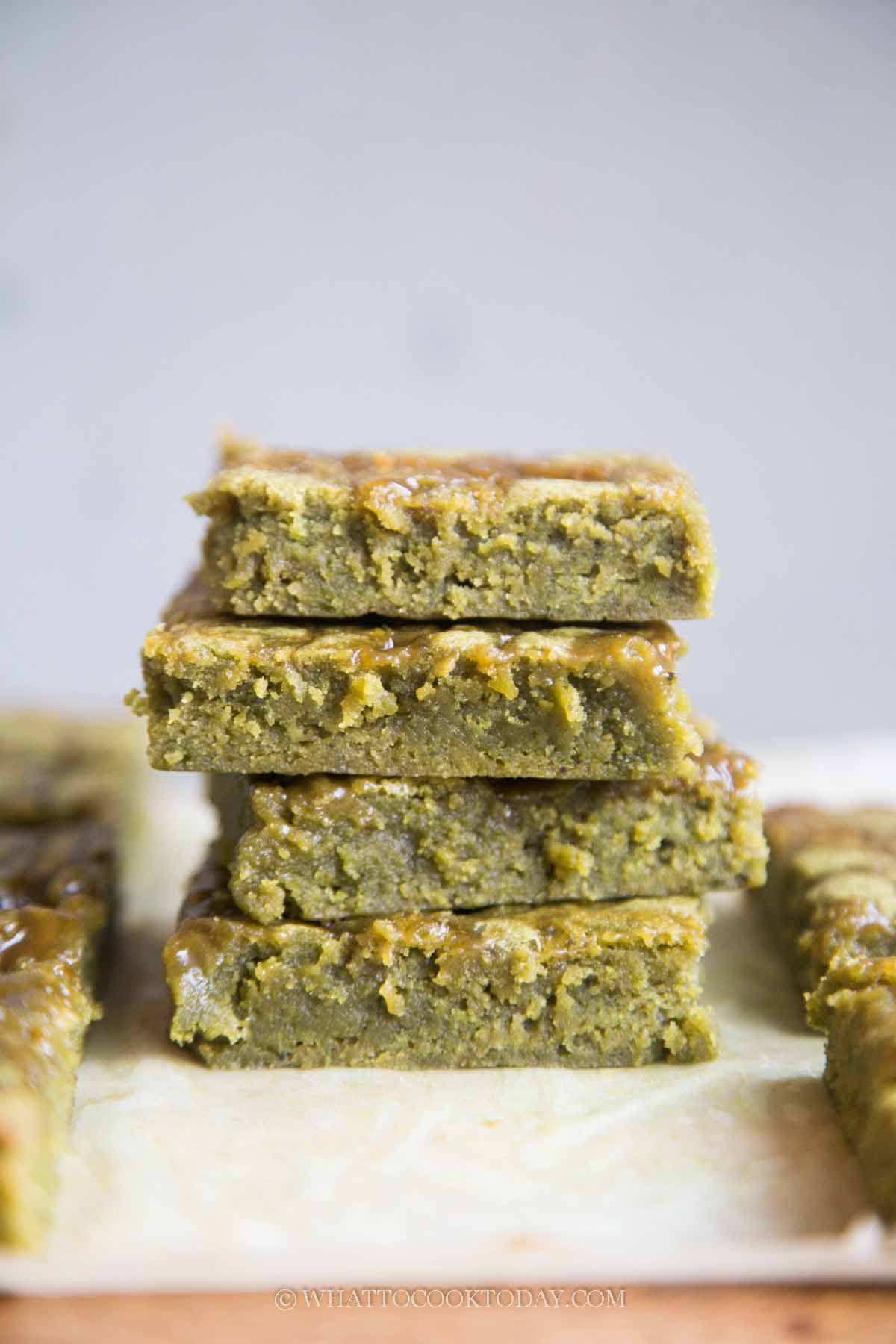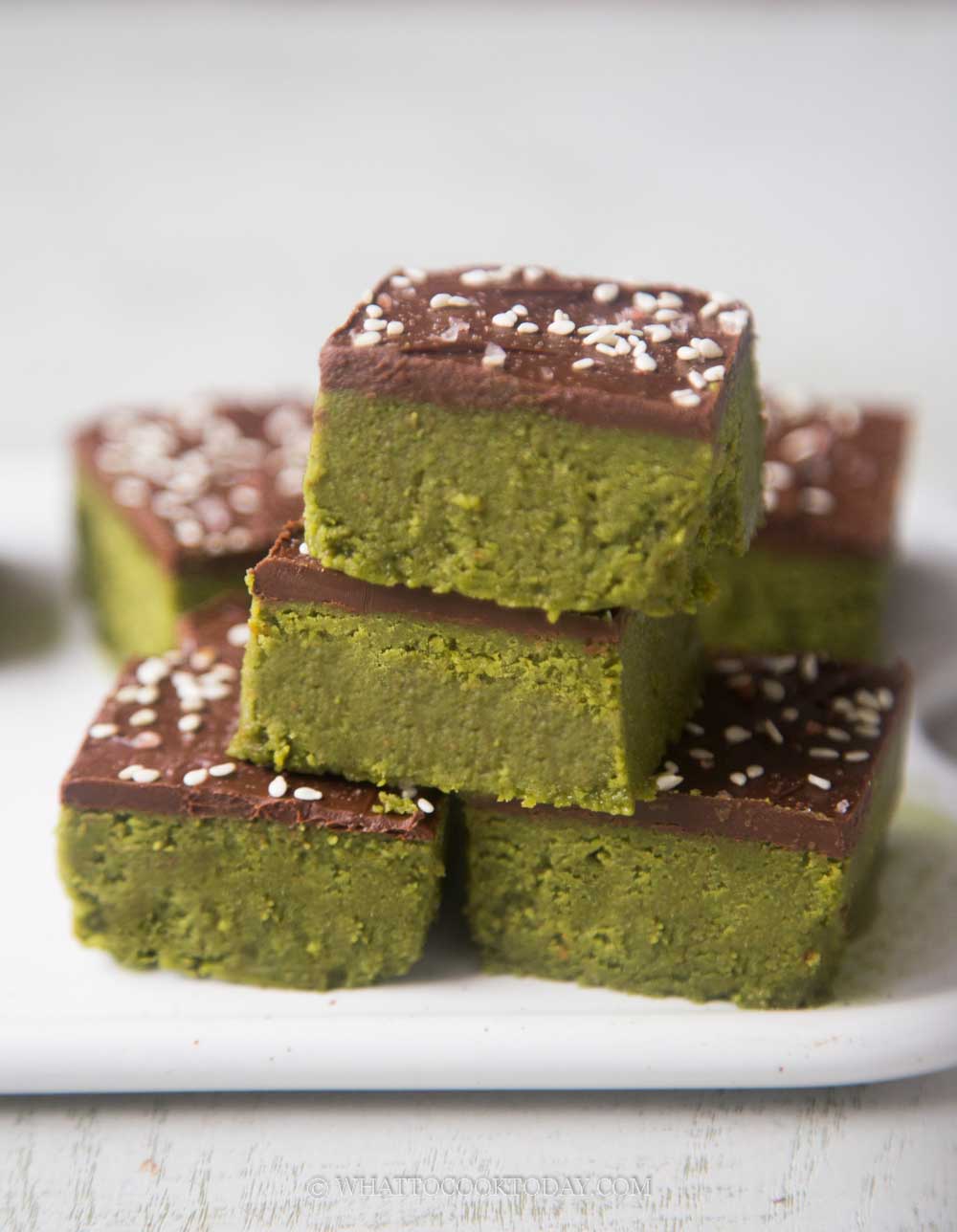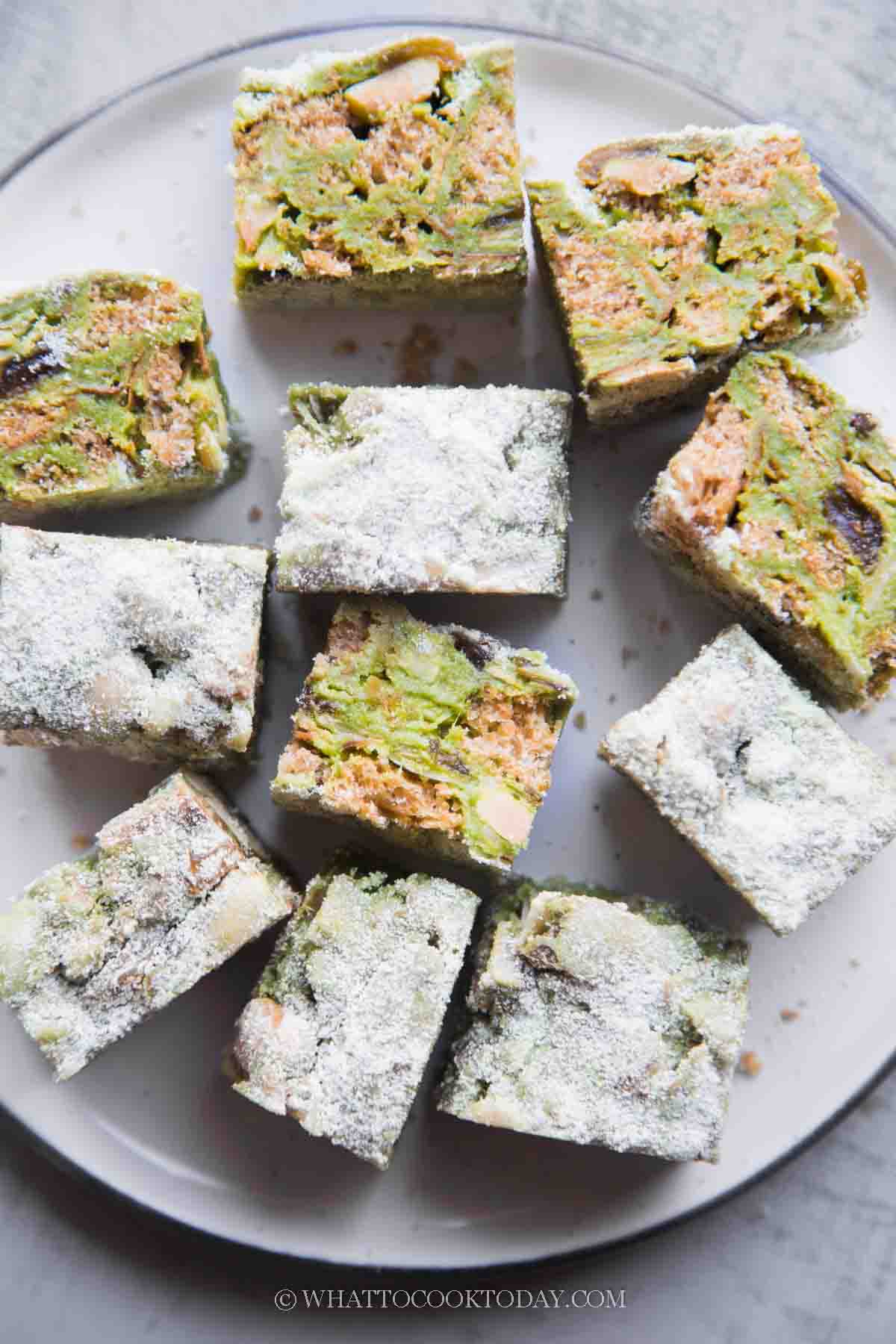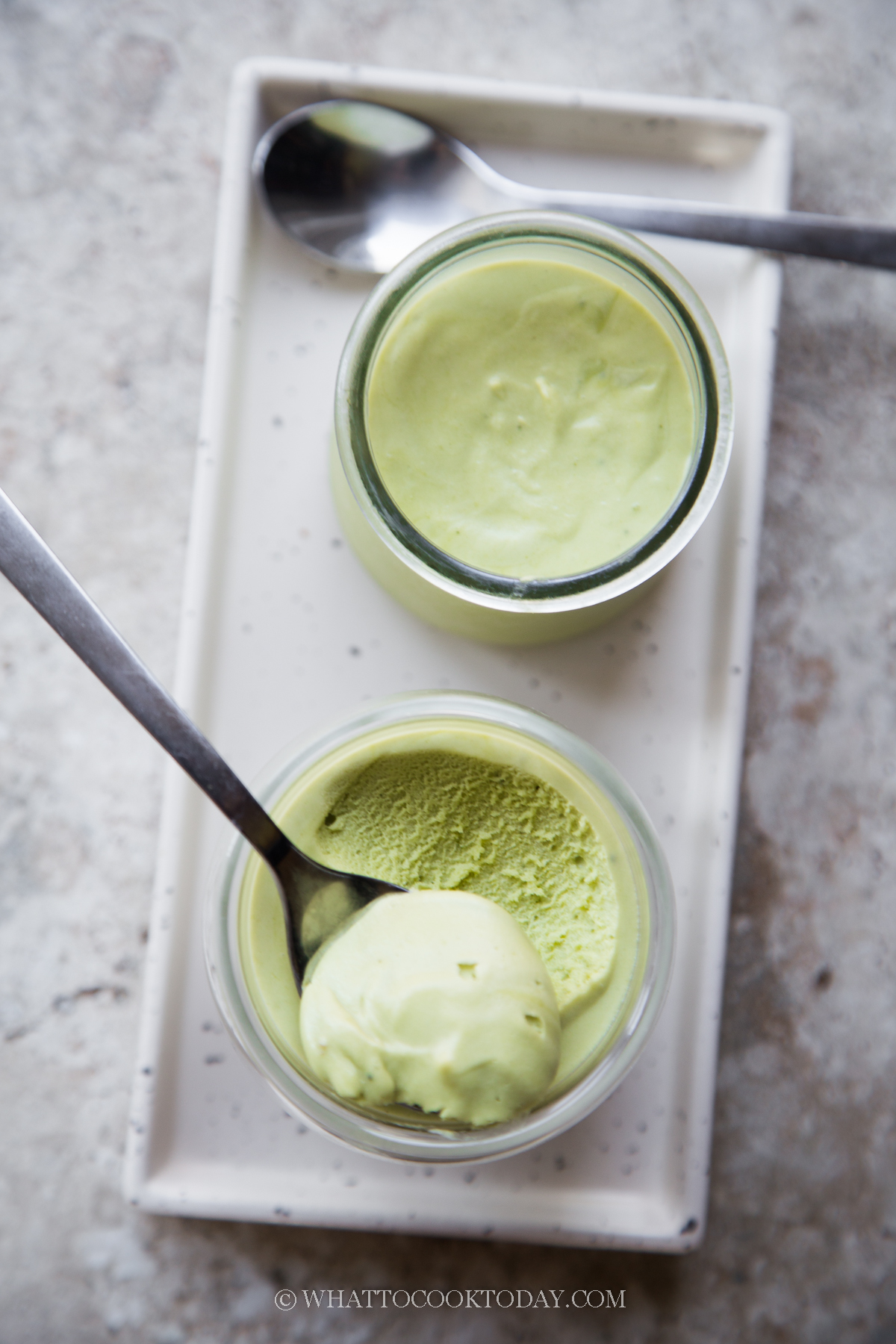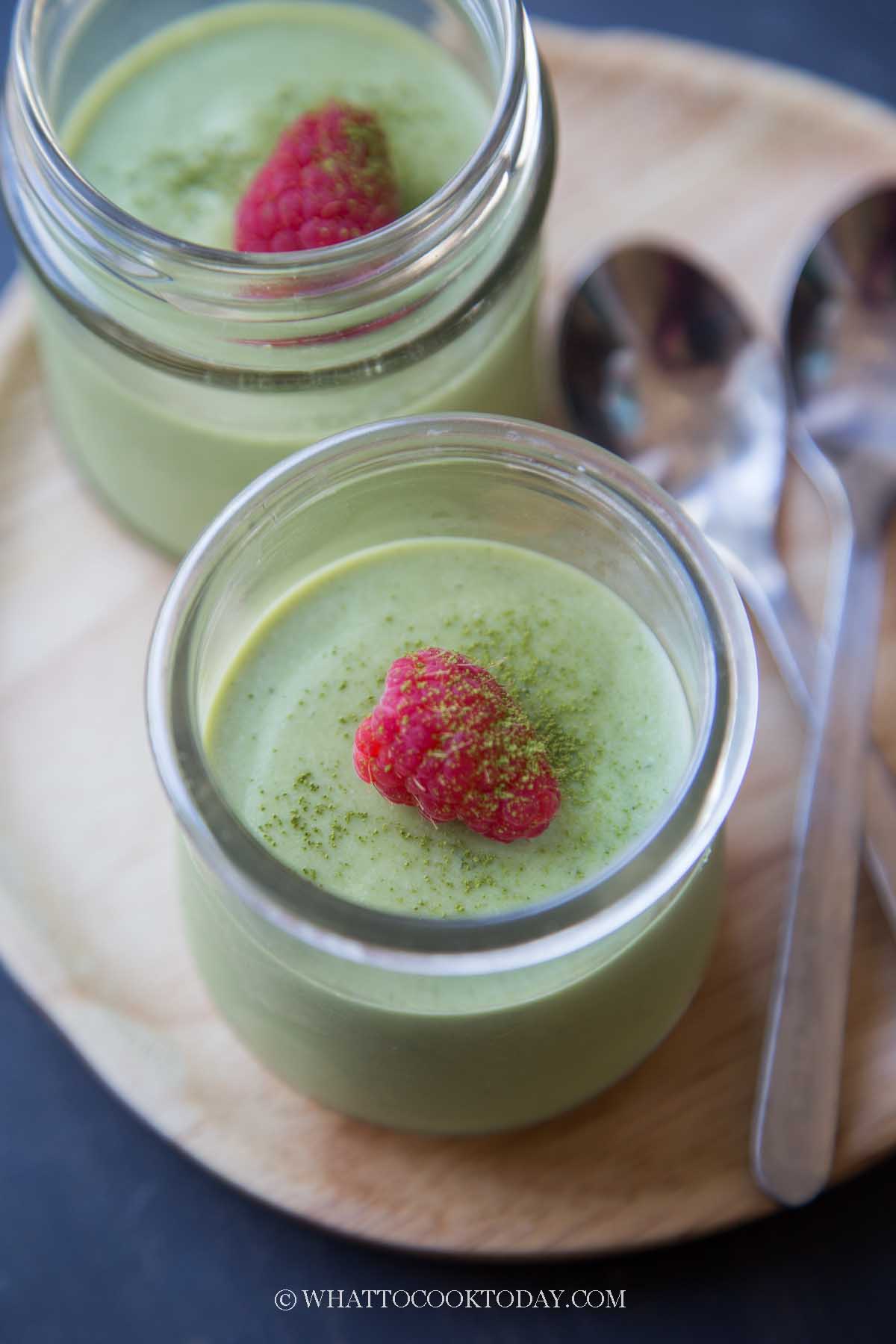This post may contain affiliate links. Please read our disclosure policy.
From fudgy brownies, soft pillowy bread, and creamy desserts, I’ve put together a collection of my favorite recipes using matcha powder all in one place. Whether you’re a total matcha newbie or a longtime fan, you’ll find something here to sip, bake, and enjoy.

If you’ve been following my blog for a while, you probably know I’m slightly obsessed with matcha. That vibrant green hue, the earthy aroma, and that subtle bitterness—it’s basically magic in powdered form. Over the years, I’ve whisked, baked, stirred, and experimented with matcha in more ways than I can count.
Is Matcha the Same as Green Tea?
Great question—and it’s one I used to wonder too! Matcha is a type of green tea, but it’s quite different from the green tea you might brew from loose leaves or tea bags. Here’s what sets matcha apart:
How They’re Related
Both matcha and regular green tea come from the same plant: Camellia sinensis. The difference lies in how the tea leaves are grown, harvested, and prepared.
What Makes Matcha Unique?
- Shade-grown leaves: Matcha tea leaves are grown in the shade for about three weeks before harvest. This process boosts chlorophyll levels, which gives matcha its vibrant green color and rich flavor.
- Whole leaf powder: Instead of steeping and discarding the leaves like regular green tea, matcha is made by grinding the entire tea leaf into a fine powder. When you drink matcha, you’re consuming the whole leaf, which means more nutrients and antioxidants.
- Preparation: Matcha is whisked with hot water to create a frothy, concentrated drink, whereas regular green tea is steeped and then strained.
How Regular Green Tea Differs
- Regular green tea is usually steamed or pan-fired leaves that are dried and used whole or broken. You brew it by steeping the leaves in hot water, then removing them before drinking.
- The flavor of regular green tea is lighter and more delicate compared to matcha’s bold, creamy, and slightly vegetal taste.
In Short
Matcha is a powdered form of green tea made from specially grown and processed leaves, and you consume the entire leaf, making it more potent and nutrient-dense than regular green tea.
Understanding the Different Types of Matcha
If you’re new to matcha, it can be a little confusing to know which type to buy and use. Matcha isn’t all the same—there are a few grades that make a big difference in flavor, color, and how you should use it. Here’s a quick guide to help you choose the best matcha for your recipes:
1. Ceremonial Grade Matcha
This is the highest quality matcha available, traditionally used in Japanese tea ceremonies. It’s made from the youngest, most tender tea leaves and has a vibrant, bright green color with a smooth, delicate, and slightly sweet flavor.
Best for: Drinking straight as matcha tea or in delicate lattes where the pure matcha flavor shines.
Why use it: Because it’s so smooth and vibrant, it makes your drinks taste amazing without any bitterness.
Price: Usually the most expensive type due to the labor-intensive production and quality of leaves.
2. Premium Culinary Grade Matcha
This grade is a bit more robust than the ceremonial grade and still has a beautiful green color, but it’s made for versatility. It balances flavor and cost, making it great for lattes, smoothies, and lighter baking.
Best for: Lattes, smoothies, and desserts where you want good matcha flavor without breaking the bank.
Why use it: It holds up well when mixed with milk or other ingredients but still tastes clean and fresh.
Price: Moderately priced, a good all-around choice.
3. Culinary Grade (or Cooking Grade) Matcha
This matcha is made from older leaves and is more bitter and astringent compared to higher grades. The color can be a bit duller—often more olive or moss green.
Best for: Baking, cooking, and recipes where matcha is mixed with other strong flavors (think: brownies, cookies, pancakes).
Why use it: It’s more affordable and the stronger, slightly bitter flavor can actually stand up well when combined with sugar, cream, or chocolate.
Price: The most budget-friendly option, ideal for everyday use in recipes.
Bonus Tips
- Always store matcha properly — keep it in an airtight container in a cool, dark place or even the fridge to preserve its vibrant color and fresh taste.
- Look for vibrant green color — dull or yellowish powder might mean the matcha is old or lower quality.
- Try before you buy — if you’re unsure, sample small amounts or buy from reputable sellers who provide tasting notes or reviews.

